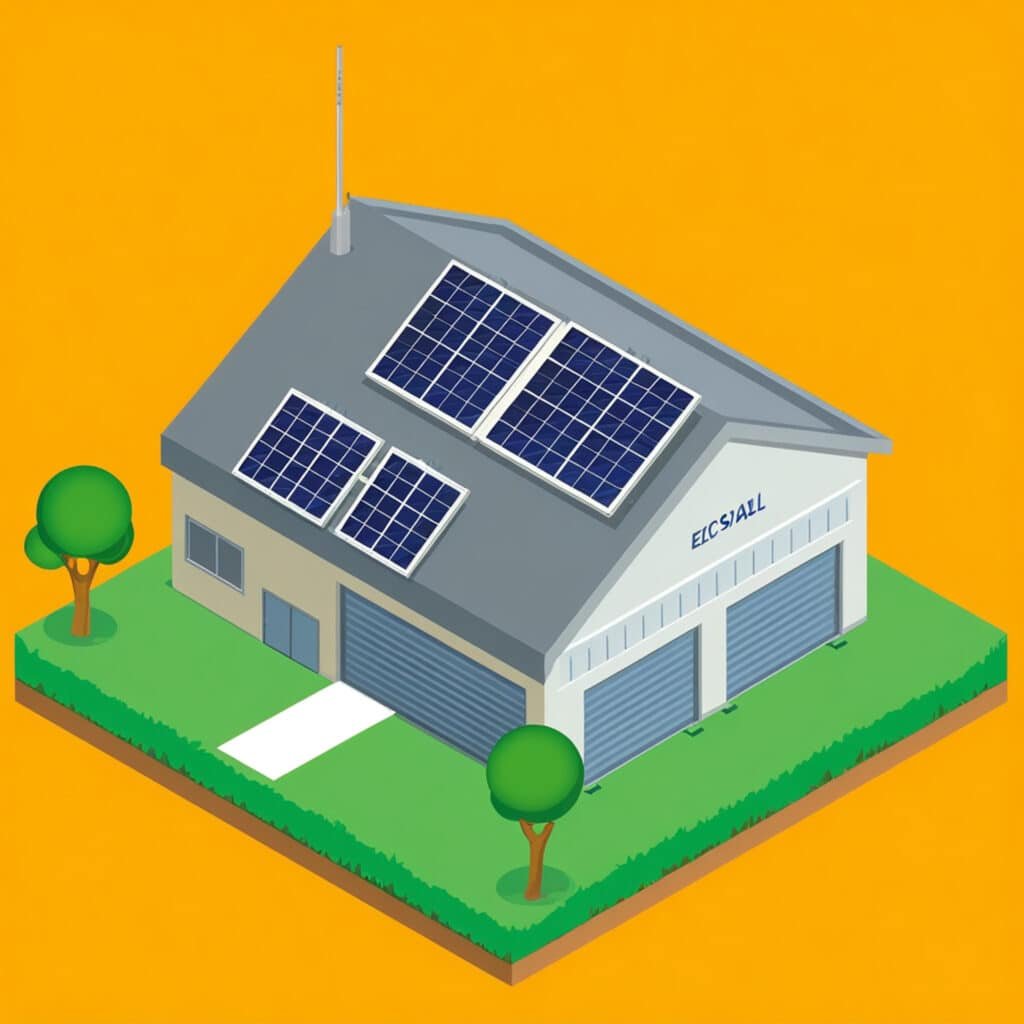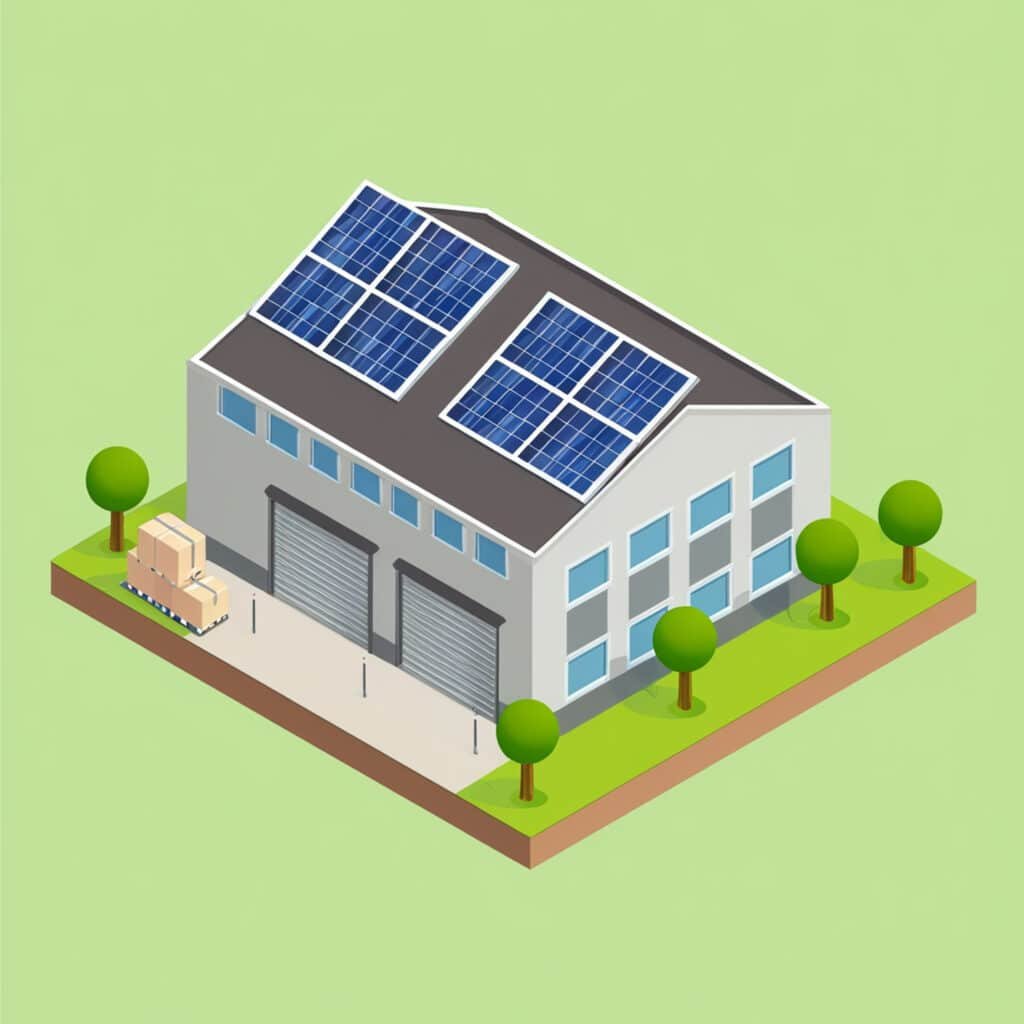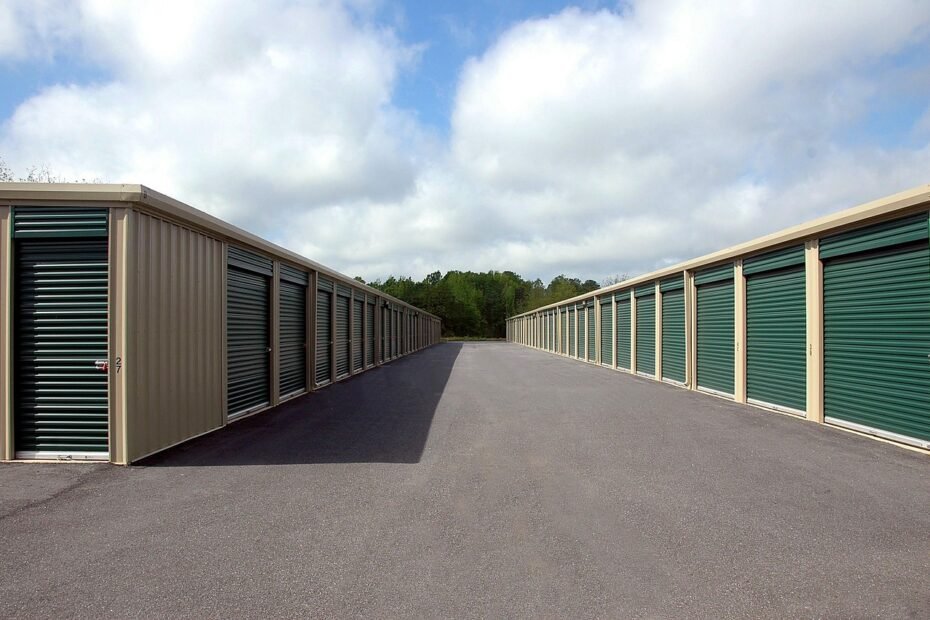Green storage facilities are reshaping our industry and delivering strong financial returns. The self-storage market will grow from $62.87 billion in 2025 to $105.22 billion by 2034, with a compound annual growth rate of 5.95%. Many owners in this area don’t realize the massive cost-saving potential of green practices as storage facilities evolve.
Canada’s first net-zero-certified self-storage building has opened its doors, marking a fundamental change that smart storage facility operators in Bowling Green, KY, have started to notice. Green self-storage facilities command higher rental rates and reduce operational costs. Storage owners who embrace environmental responsibility see multiple benefits. LED lighting uses 75% less energy than traditional bulbs and lasts up to 25 times longer.
In this piece, we’ll reveal cost-saving secrets that rarely make headlines but directly affect your bottom line. These green approaches to building materials and operational strategies create immediate and long-term financial advantages you can’t afford to overlook.
Green Building Choices That Cut Long-Term Costs
The building envelope creates the foundations of any budget-friendly, eco-friendly storage facility. Smart construction choices at this stage help owners save money for decades when they look beyond the original costs.
Use of recycled and local materials
Recycled materials cut environmental effects while saving substantial money during building. Steel made from recycled materials needs 60-75% less energy than new steel. This makes it economical and durable for framework needs. Storage owners who choose recycled construction materials can save 25-50% compared to new materials of similar quality.
Local materials cut transportation costs and support regional economies. Natural options like sand, adobe, and locally-quarried stone work great as thermal mass properties. These materials help keep temperatures stable. Eco-friendly materials often qualify for tax incentives that make projects more profitable over time.
Energy-efficient insulation and windows
Good insulation plays the biggest role in cutting a storage facility’s operating costs. Storage buildings without proper insulation can get 10-30 degrees hotter inside than outside during summer. Spray foam insulation, like Icynene, works better by creating an airtight seal with higher R-values.
Windows with low U-factors (0.30 or below) boost building performance by a lot. Pennsylvania building owners save about $401 yearly by replacing single-pane windows with energy-efficient ones. Even upgrading from double-pane windows saves $166 each year. On top of that, low-emissivity coatings add as much insulation value as an extra glass pane.
LEED certification and its financial perks
LEED certification brings measurable economic benefits that make up for its upfront costs. LEED-certified buildings use about 25% less energy and 11% less water than standard buildings. The certification comes in four levels – Certified (40-49 points), Silver (50-59 points), Gold (60-79 points), and Platinum (80+ points) – with increasing benefits.
LEED certification raises property values and attracts high-end clients. Research shows LEED-certified spaces get 11% higher rent and stay vacant less often than non-certified properties. Many areas offer big tax incentives for certified buildings. Some economic growth zones even provide dramatic tax cuts.
Renewable Energy: A One-Time Investment That Pays Off

Self-storage facility owners have a golden opportunity right above their heads. These buildings feature extensive flat surfaces that make them perfect candidates to tap into the potential of renewable energy solutions with impressive returns on investment.
Installing solar panels on rooftops
Storage facilities create ideal conditions for solar panel installation because of their big, unobstructed roof spaces. Owners who implement solar systems can save more than 40% on electricity costs, which directly improves their net operating income. The installations also boost property values and create extra revenue through net metering programs. These programs let owners sell excess electricity back to the grid.
A typical installation pays for itself in about six years. The system continues to generate savings for decades after that point. Solar panels need minimal upkeep and just two cleanings per year to maintain their best performance.
Battery storage for peak-hour savings
Battery energy storage systems (BESS) work alongside solar installations to store extra energy during low-demand times. The stored energy powers facilities during peak hours. This peak shaving strategy helps facilities run without drawing expensive power from the grid during high-rate periods.
The batteries charge when electricity prices are low and discharge during peak demand. Storage facilities using battery systems see steadier energy costs and lower utility bills. Areas with higher peak demand charges offer greater potential savings from battery storage.
Government incentives and rebates
Available financial support makes renewable energy projects even more appealing. The federal Investment Tax Credit (ITC) provides a 30% tax credit for solar installations and battery storage systems installed through 2025. Businesses can combine this credit with bonus depreciation benefits to recover much of the cost in the first year.
California’s Self-Generation Incentive Program (SGIP) offers substantial rebates that cover 15% to 100% of installation costs for qualifying systems. Residential and commercial customers might receive up to $1,000 per kilowatt-hour for battery storage installations based on eligibility criteria.
Green storage owners can use these combined incentives to reduce their original costs significantly and speed up their return on investment.
Smart Water and Waste Management Tactics
Water management is a chance to cut costs in green storage facilities. Smart systems can lower operating expenses and boost eco-friendly credentials at the same time.
Low-flow fixtures and rainwater harvesting
Low-flow plumbing fixtures cut water usage by up to 30% each year. These fixtures work just as well as regular ones but control water flow better. Faucet aerators, waterless urinals, and low-flow toilets help save money on utilities. Green storage owners who install these fixtures take their first step toward eco-friendly practices.
Rainwater harvesting systems collect rain from rooftops to use later in landscaping and maintenance. Storage facilities have large, open roofs that work perfectly to catch rainwater. This collected water helps with irrigation, vehicle washing stations, and cleaning. The result is much less dependence on city water supplies.
Xeriscaping to reduce irrigation costs
Xeriscaping is a budget-friendly way to design landscapes that need less water. Storage facilities save money by switching to drought-resistant plants and adding porous hardscape. One outdoor shopping mall that tried xeriscaping saved 14 million gallons of water each year. This 60% reduction saved them $84,000 yearly.
Recycling and composting programs
The quickest way to manage waste starts with picking a recycling coordinator who plans the program, chooses haulers, and watches progress. Note that collection bins must look different from trash cans. Clear labels with words and pictures help prevent mixing up materials.
Storage facilities in Bowling Green, KY, and other locations must teach their core team and tenants the right recycling methods. A complete education plan with signs, displays, and regular updates creates a recycling culture that helps both the environment and profits.
Operational Hacks for Sustainable Savings

Storage facilities can achieve big cost savings through their daily green operations. Owners who implement proven technologies see immediate reductions in their expenses.
LED lighting and motion sensors
LED lighting brings quick financial benefits since these fixtures use up to 75% less electricity than traditional options. The best LED solutions last nearly 200,000 hours, which means maintenance costs practically disappear. Smart systems emerge when LEDs pair with occupancy sensors – lights turn on when needed and switch off after nobody’s around. The yearly power savings quickly become a big deal as it means that sensor costs pay for themselves. This makes sense because power consumption makes up about 90% of what you’ll spend on lighting over its lifetime.
Smart HVAC and climate control systems
Storage facilities in this area maintain steady environments through climate control automation. Modern heat pumps operate 3-5 times more efficiently than gas furnaces and can cut energy use by half. Up-to-the-minute data analysis comes from Building Automation Systems. These systems watch temperature, humidity, and air quality while they adjust settings based on who’s there and what the weather’s like. HVAC systems usually eat up 40-50% of a building’s energy, so smart controls really pay off.
Training staff on eco-friendly practices
Green storage owners need their staff to help build sustainability. Staff members get more involved through regular workshops and clear communication, which leads to better operations. Simple changes like going paperless help save resources. The average business user creates 135 kg CO2e yearly just from emails.
Monitoring systems to track energy use
Power tracking systems show exactly where and how energy gets used. These systems prove their worth quickly – one storage facility saw returns in 9 months while keeping energy use down by 31% long-term. Another business cut its usage by 42.7% and saved $24,988 in just three months.
Conclusion
Storage facilities going green create amazing opportunities to protect the environment and increase profits. This piece reveals many cost-saving strategies that smart facility owners use to improve their profits and reduce their environmental footprint.
Environmentally responsible building materials are the foundations of any successful green facility. Recycled steel, local resources, and proper insulation help create buildings that last longer and need less maintenance. LEED certification needs upfront investment but pays off through lower operating costs and better rental rates.
Renewable energy offers another great way to save money. Solar panels turn unused rooftop spaces into power-generating assets. Battery storage systems paired with these panels protect businesses from expensive peak-hour electricity rates. Government incentives make these projects even more financially attractive.
Storage facility owners often overlook the savings from water conservation. Low-flow fixtures, rainwater collection, and xeriscaping cut utility bills significantly without affecting operations. Smart waste management programs also reduce disposal costs while boosting sustainability credentials.
Day-to-day operations provide the easiest starting point to make any facility greener. LED lights with motion sensors, smart HVAC systems, and complete monitoring tools save money right away. The core team’s training helps these technologies reach their full potential.
Looking at these strategies shows one clear fact – sustainability is profitable. Green storage facilities earn higher rental rates while spending less on operations. This combination explains why forward-thinking owners welcome these practices more and more.
The storage industry faces a crucial moment. Companies that adopt these sustainable approaches early will likely gain advantages as the market grows. Storage facility owners must ask themselves if they can afford to ignore green practices rather than implement them.

